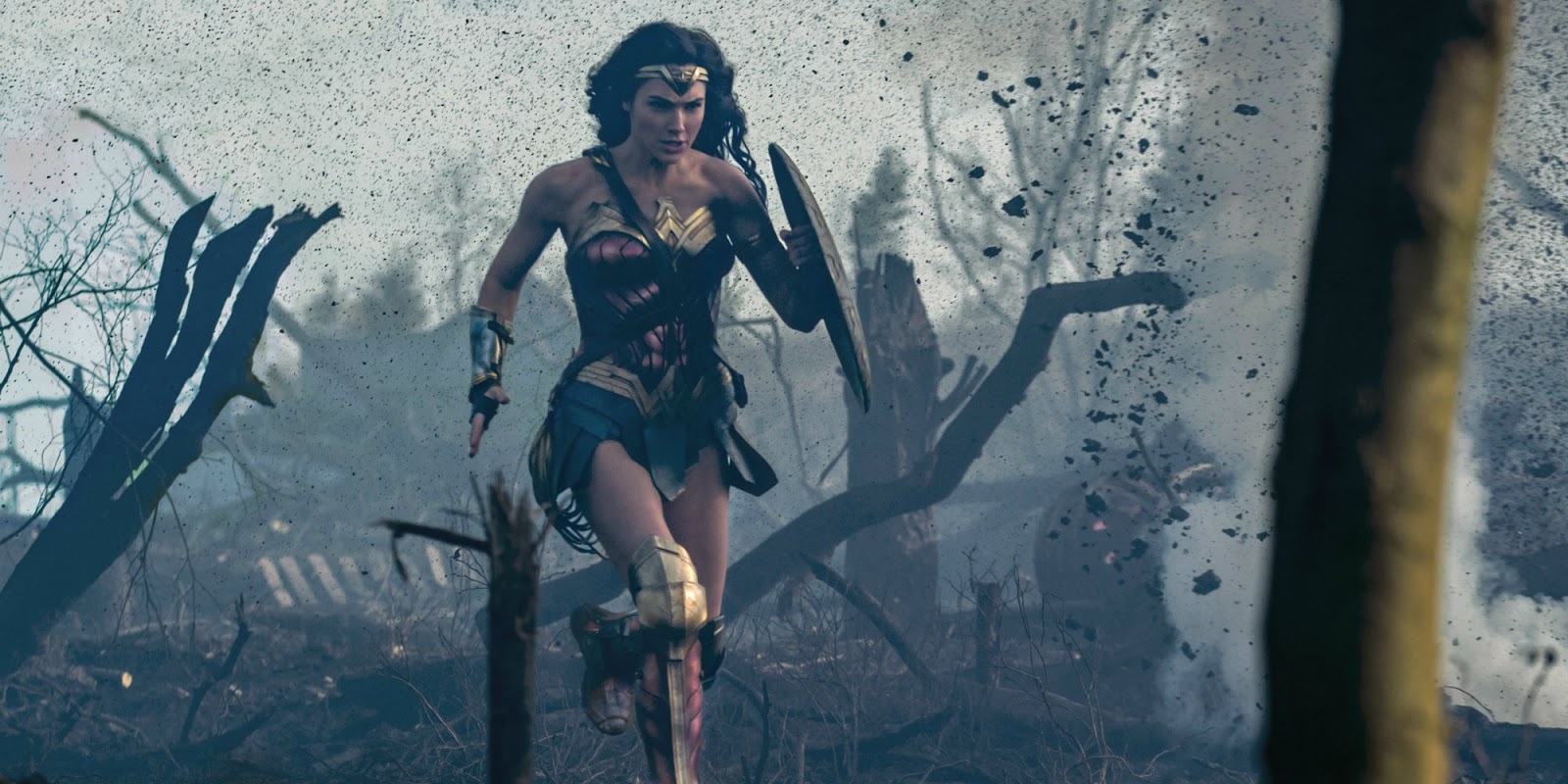
Wonder Woman!
Monday, June 12th, 2017
– by Arnie Fenner
Above: Gal Godot attacks the German trenches in the new Wonder Woman film.
Do any readers remember my “Warriors” post from 2016? Well…
After decades of gestation, missteps, speculation, and development hell; after running through a laundry list of directors, writers, and actors (including Sandra Bullock, Mariah Carey, and Catherine Zeta-Jones); after months of skepticism, worry, and anxiety, Warner Brothers released Wonder Woman to theaters June 2—and, to the relief of many, it not only delivers on its promise, but is a box-office hit to boot.
Wonder Woman aka Princess Diana aka Diana Prince is played by Gal Godot (who stood out with her take on the character in 2016’s Batman Vs Superman: Dawn of Justice—which is a little better than it’s been given credit for) and is directed by Patty Jenkins. The new film helps dispel at least some of the long-held myths about who-will-go-see-what-kind-of-movie-starring-whom and is powerfully resonating with audiences for a number of different reasons, even as special screenings brought out the whiners and cranks.
Created in 1941 by William Moulton Marston (psychologist and inventor of a component of the modern polygraph), Wonder Woman’s story as both a comics character and feminist symbol is lengthy and complicated. There’s the whole bondage-and-submission sexual subtext in the early comics (which reflected Marston’s relationship with his wife Elizabeth and live-in companion, Olive Byrne) that makes it even more-so. I’m not going to even try to describe or recount either, but will direct people to Jill Lepore’s book The Secret History of Wonder Woman and to the Smithsonian’s video essay for details and insights.
Likewise, I’m out of my league in trying to intelligently describe why a WW movie being done right after so many years—and the feelings girls and women have for it—is important and I’m hoping that Lauren writes something for Muddy Colors sharing her thoughts about it in the near future. So all I’m doing today is posting some of the Wonder Woman art that has appeared through the years, with maybe a little history or background tossed in for good measure.
Above: Harry George “H.G.” Peter was the original artist for Wonder Woman; though
he developed the character’s look he was never given a creator credit. Peter was the primary
artist for Wonder Woman from its inception until his death in 1958; he was assisted by
colorist Helen Schepens and lettering artists Jim and Margaret Wroten.
Above: In the early days of comics Wonder Woman quickly became the most popular and readily identifiable female superhero—which, of course, made her ripe for parody, often with prurient aspects. On top Will Elder and Harvey Kurtzman produced “Woman Wonder!” for Mad #10 in 1954; below the same team dressed Little Annie Fanny up as “Wondrous Woman” for the story “High Camp” that ran in Playboy in January 1967.
Above left: DC Comics stalwart Murphy Anderson drew the cover for the premiere
issue of Ms Magazine in 1972. Ms co-founder Gloria Steinem felt that Wonder Woman had
become a “depowered boyfriend-obsessed damsel in distress” in the comics of the time
(perhaps as exemplified in the Jones cover below) and she wanted to feature the original
superhero version—which at the time took quite a bit of talking to convince DC’s editors
to allow the change-back. Above right: Wonder Woman reappeared on the cover for
Ms’ 40th anniversary in 2012, this time by Mike and Laura Allred.
Above left: Diana Prince went through various changes, both in character and in costume,
to keep her “relevant” in the 1960s and ’70s, but they didn’t really work (and often Marston’s
bondage obsession resurfaced). There were—and are—all sorts of odd (if not downright weird) versions of Wonder Woman throughout her history, some of which are recounted here. Jeffrey Jones drew this cover for issue #199 in 1972 during Diana’s non-super “mod” period. Above right: DC began to actively reassert and heighten WW’s super powers about 25 years ago. Joe DeVito’s memorable painting was used for a WW novel and turned into poster in 1993.
Above: The vast majority of Wonder Woman artists through the years have been men;
underground comix legend Trina Robbins was the first woman to draw the series in 1986.
Above left: Alex Ross’ version of WW created a whole new legion of fans in the books Kingdom Come and Wonder Woman: Spirit of Truth. Above right: Darwyn Cooke increased Wonder Woman’s badassery in New Frontier to such a degree that the Viet Cong and even Superman were intimidated.
Above left: Adam Hughes brought the modern WW face-to-face with the H.G. Peter’s original in one of my favorite covers. Above right: Frank Cho was doing some great variant covers for the new series but left after discovering that even though he pleased the art director, editor, and publisher, he was having to make inexplicable changes that it turned out were dictated by the writer. (I’ve never—let me emphasize never—known any writer who was a better art director than the art director. Not. One.)
Above left: Wonder Woman sings opera with Elmer Fudd in this charmer by Terry and Rachel Dodson. Above right: Brian Bolland created an epic 37-issue run of covers beginning in 1992. This piece was so popular that it was turned into a poster as well as a sculpture by Tim Bruckner.
Above: There are, of course, many other artists who have done wonderful pieces, from George Perez to Bill Sienkiewicz to Bruce Timm to Loish, but I think I’ll close with this one by MC’s Dan dos Santos. If anyone wants to chime in with a favorite I’ve missed, please do.


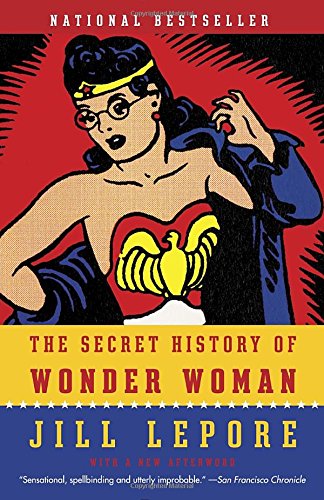


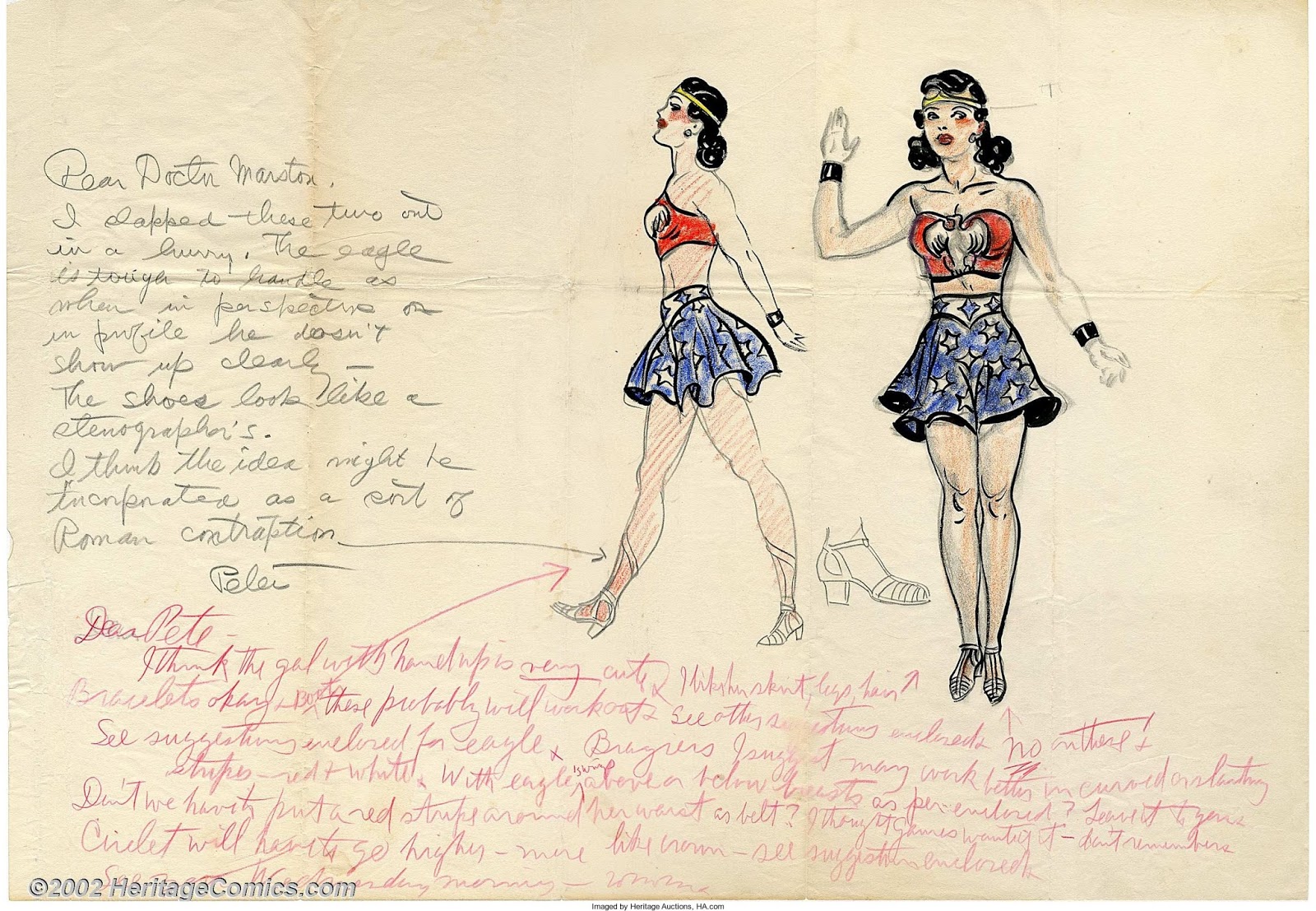
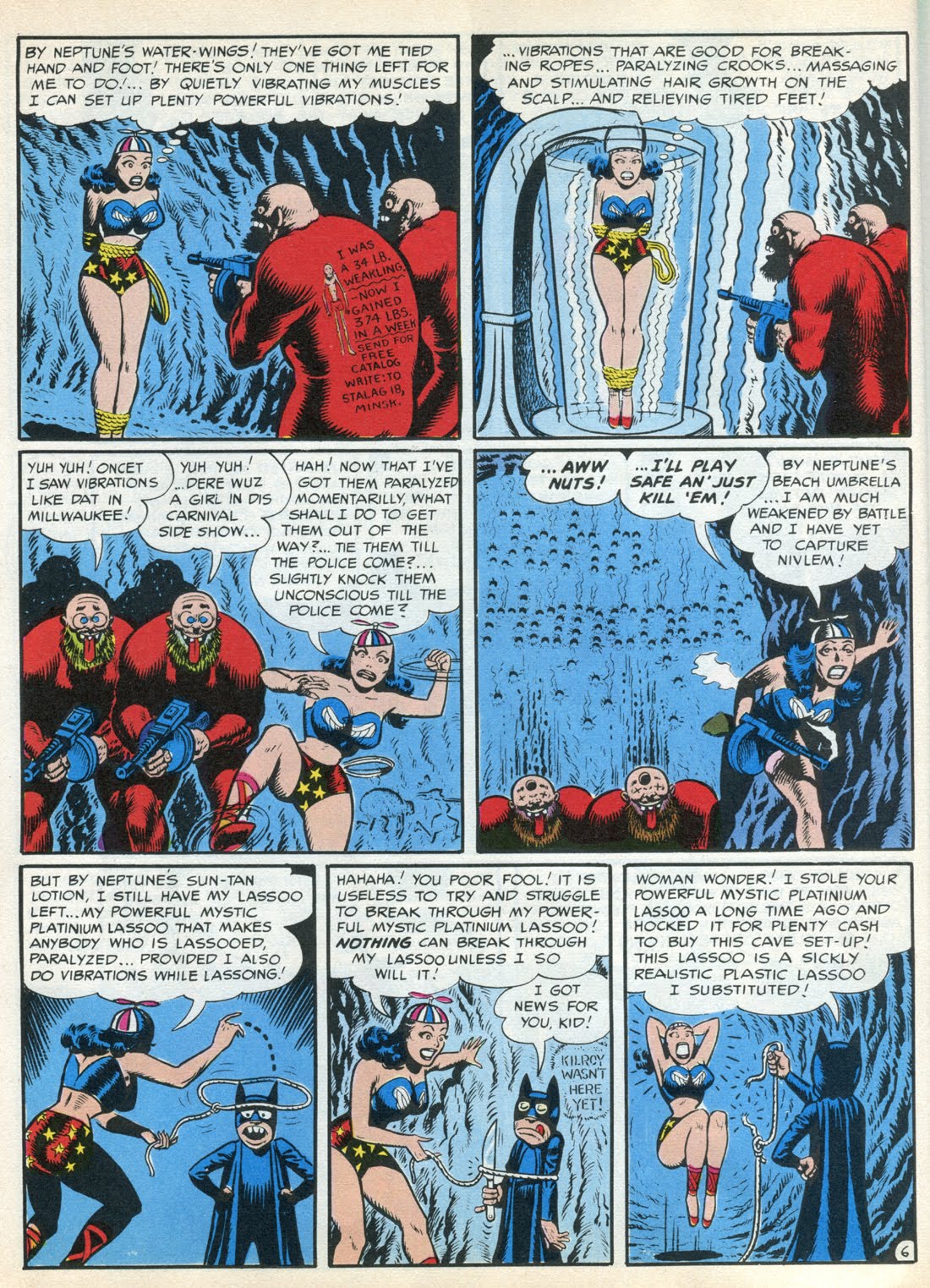
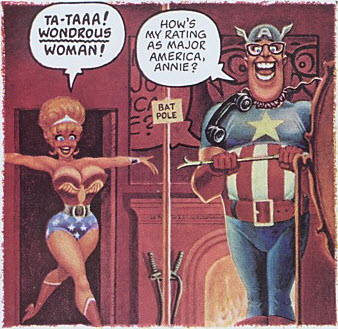

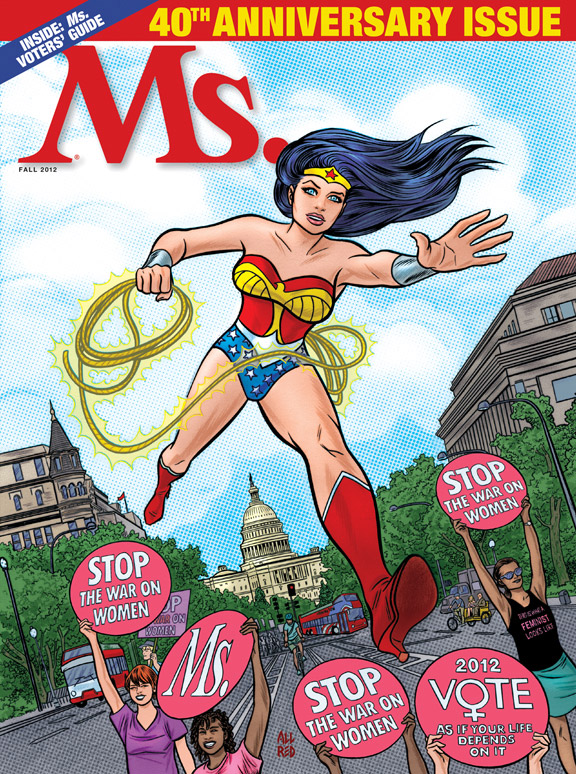
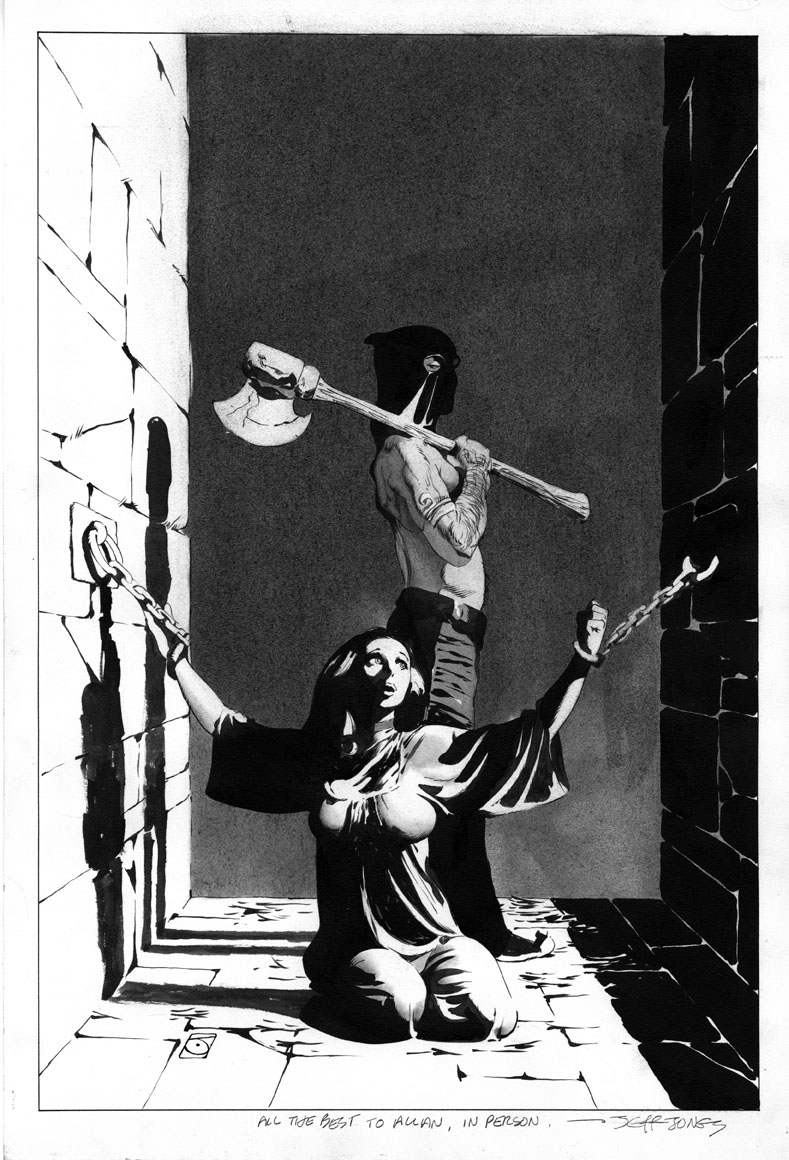
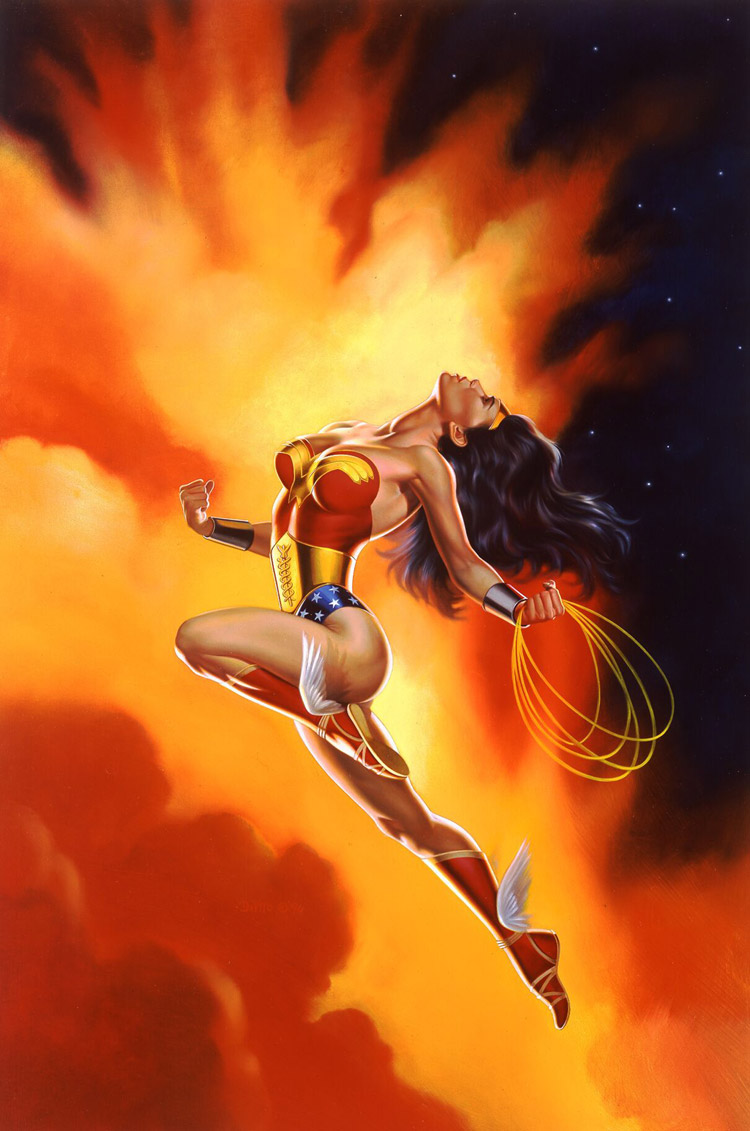
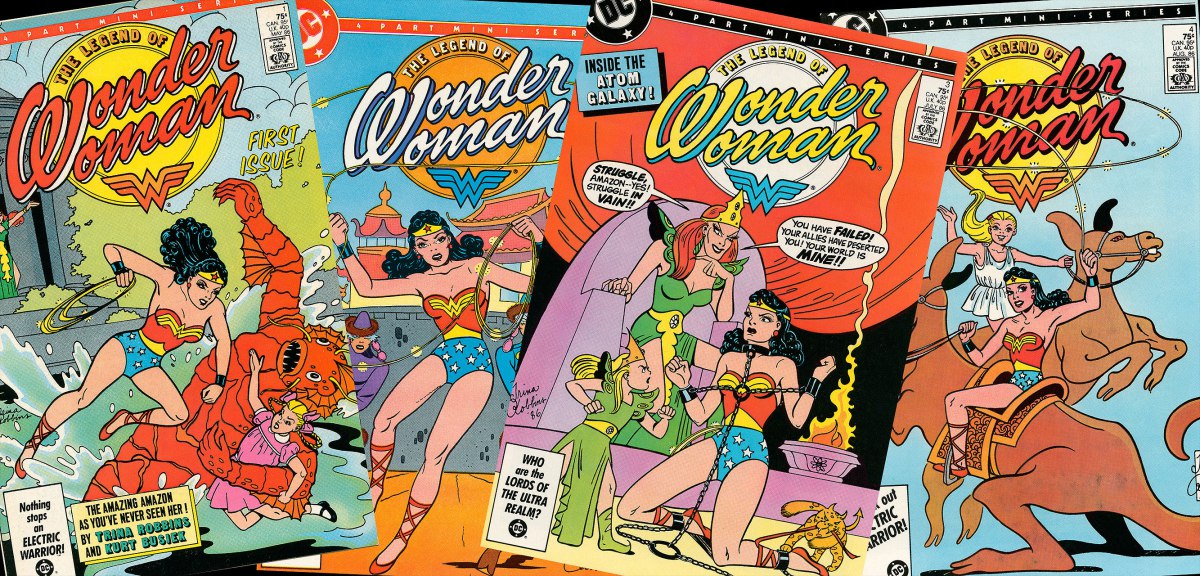


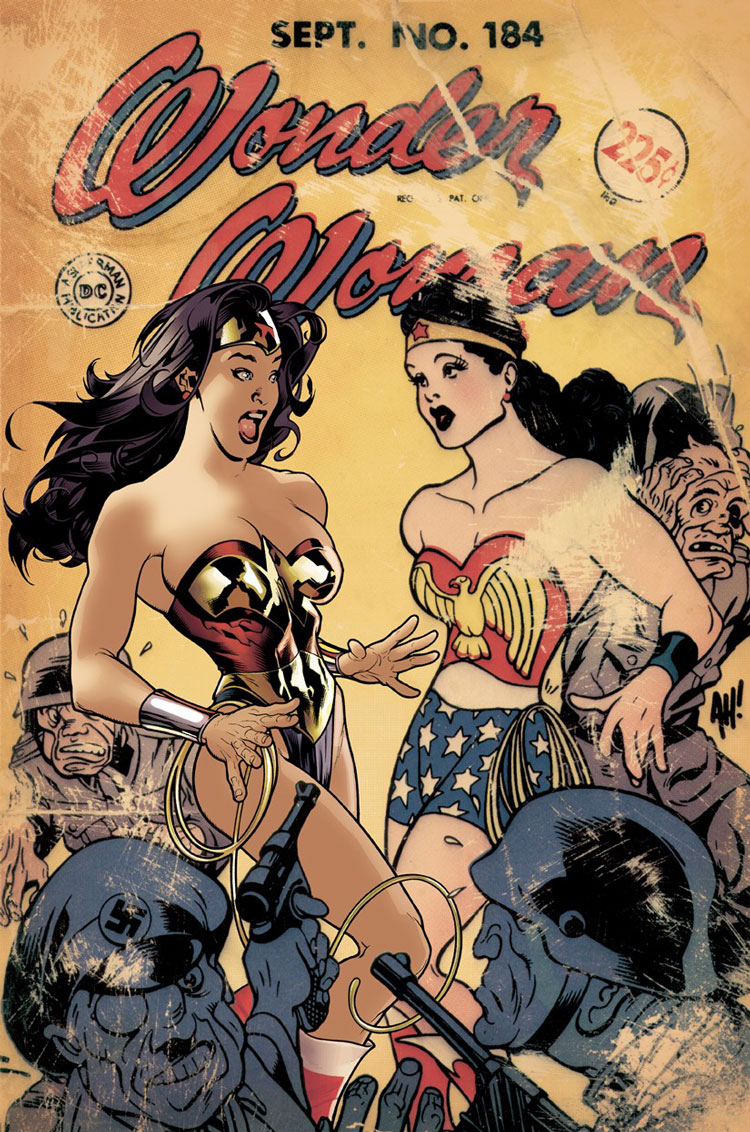

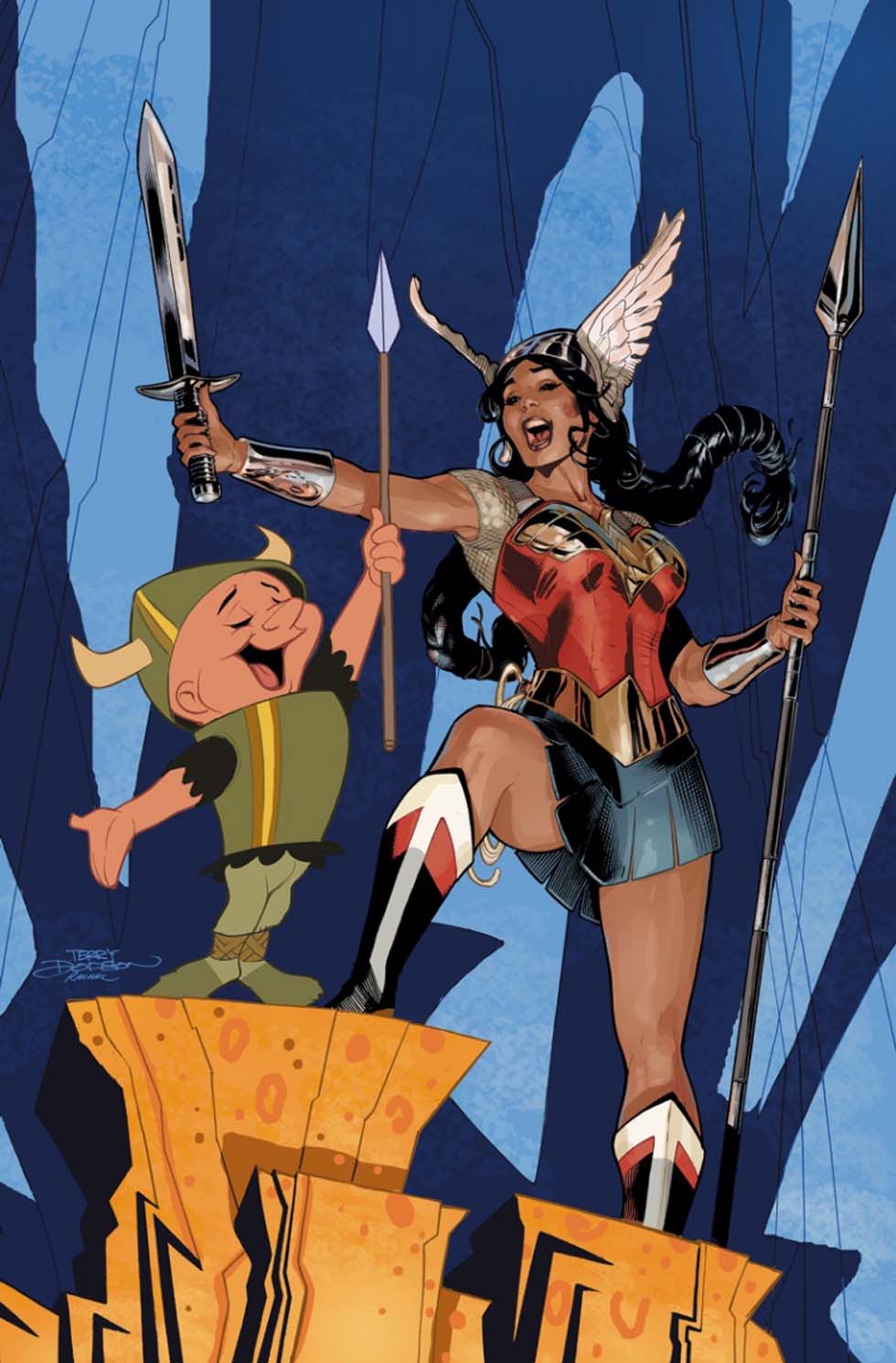
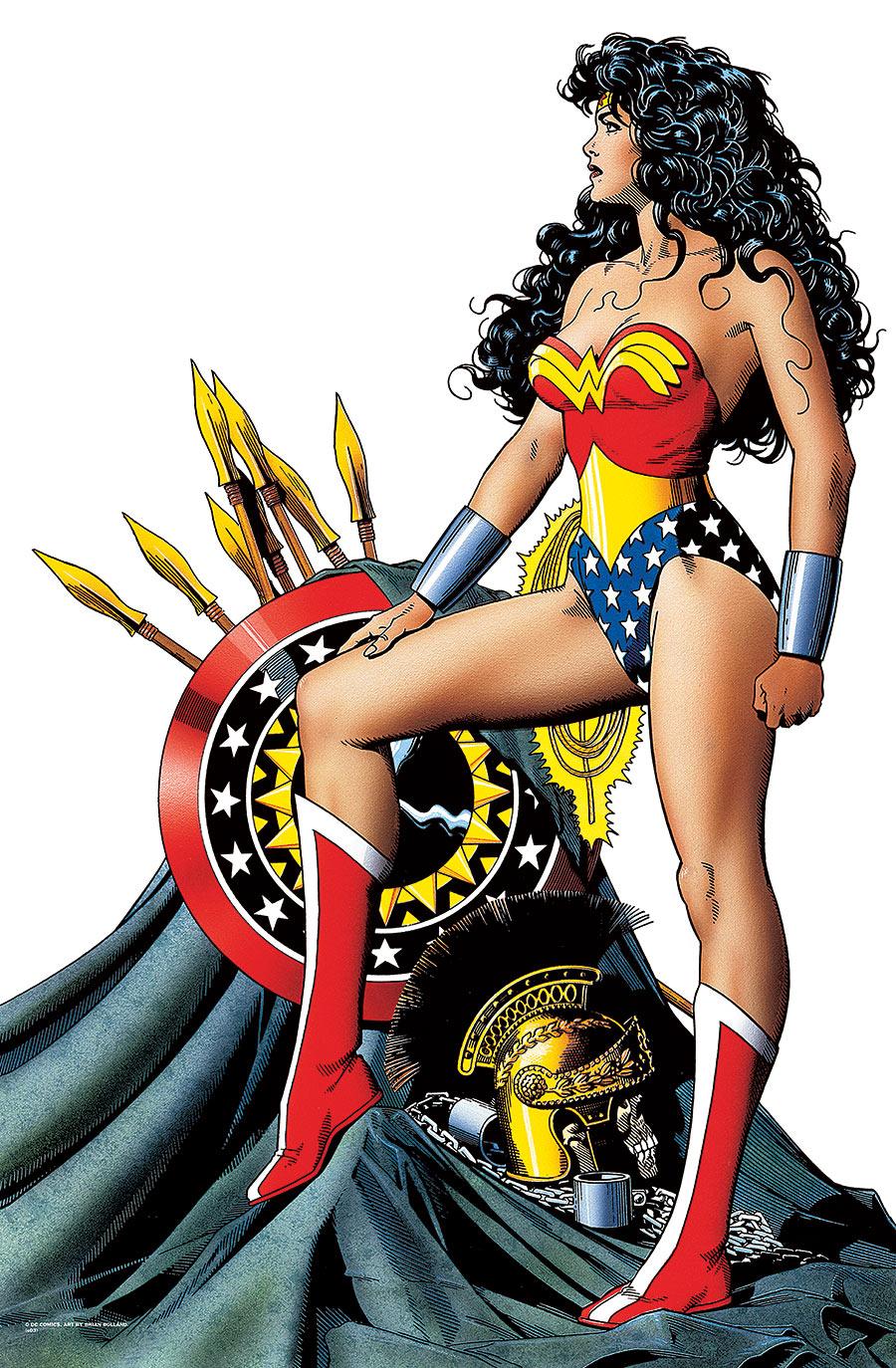
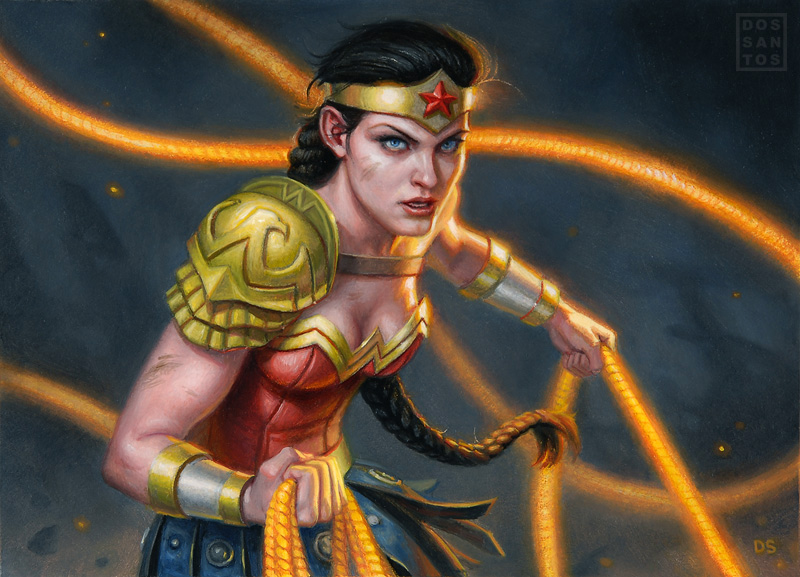
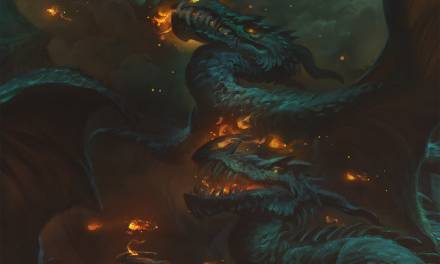
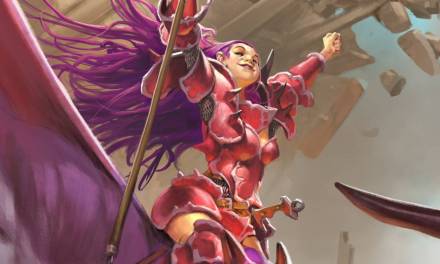
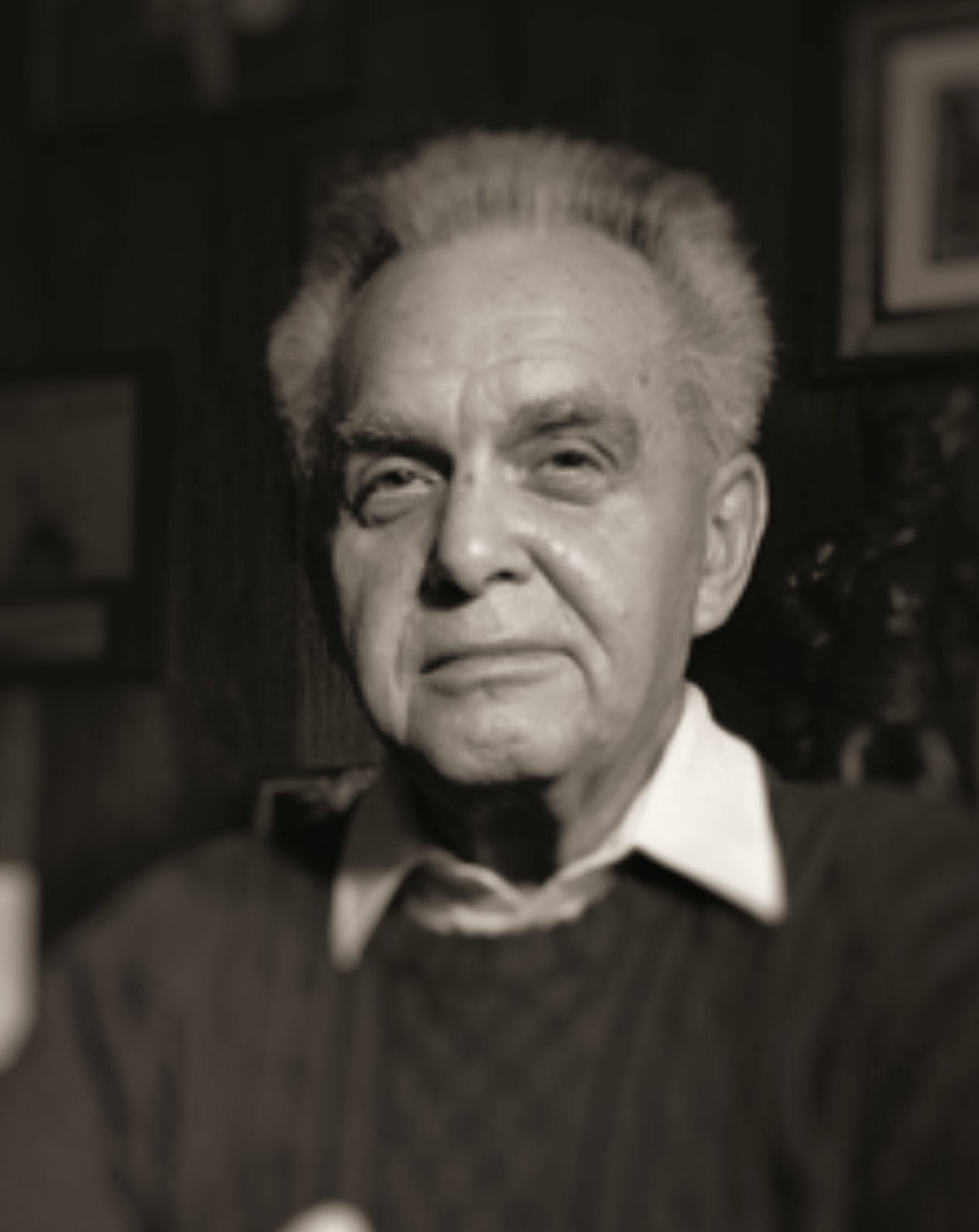
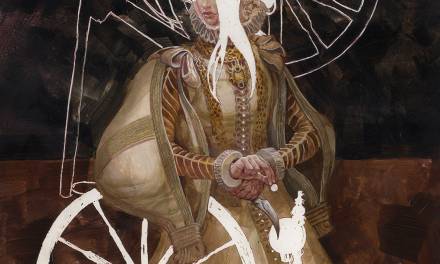

Chris Moeller
https://www.pinterest.com/pin/570901690239788867/
Good one!!!
Really loved the Perez run… https://www.google.ca/url?sa=i&rct=j&q=&esrc=s&source=images&cd=&cad=rja&uact=8&ved=0ahUKEwj3iq29zLnUAhVF5oMKHfecBBQQjRwIBw&url=http%3A%2F%2Fwww.comicscube.com%2F2015%2F09%2Fbullet-points-george-perezs-wonder-woman.html&psig=AFQjCNFU4U3DA9xeavAXd0NqoYry_ZeTKA&ust=1497401236734750